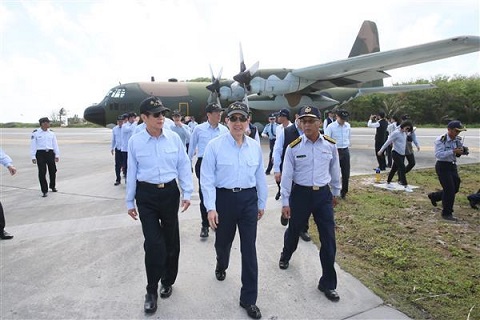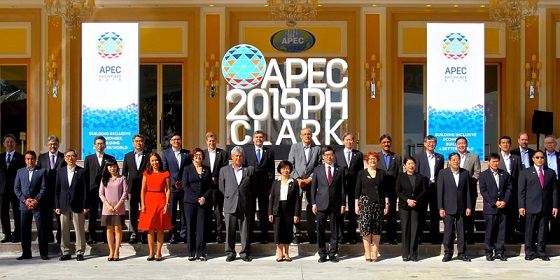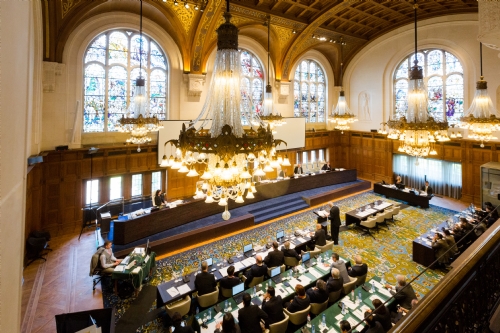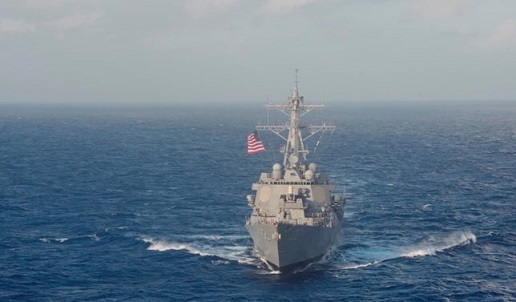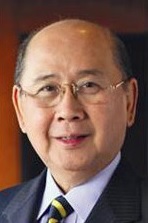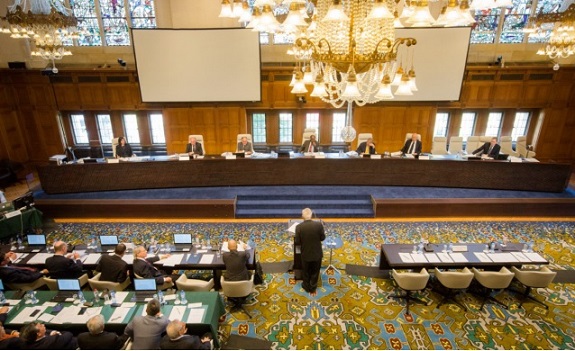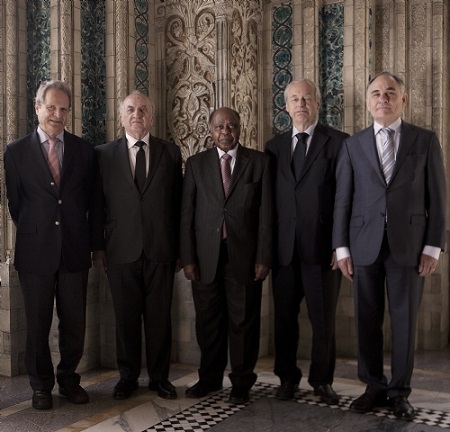Is the water coming from the grounds of Itu Aba (Chinese name: Taiping; Philippine name: Ligaw) suitable for drinking?
The answer to this question is crucial in determining whether Itu Aba is an island or a rock.
The determination of Itu Aba’s feature- whether a rock or an island- is important in establishing the extent of the Philippine’s territory and coverage of its sovereignty.
Itu Aba, occupied by Taiwan, is the biggest feature in the Spratlys in South China Sea which is being claimed wholly by China and Taiwan and partly by Philippines, Vietnam, Malaysia and Brunei.
The United Nations Convention on the Law of the Sea or UNCLOS defines an island as “a naturally formed area of land, surrounded by water, which is above water at high tide.”
An island is entitled to maritime regimes similar to a land territory: territorial sea (12 nautical miles from the baseline), contiguous zone (24 nm), economic exclusive zone (200 nm), continental shelf (200 nm) and extended continental shelf (350nm).
On the other hand, “rocks which cannot sustain human habitation or economic life of their own shall have no exclusive economic zone or continental shelf,” according to UNCLOS.
The issue of whether Itu Aba is a rock or an island has again come to the fore with the visit of Taiwan’s outgoing President Ma Ying-jeou there last Jan. 28.
In his speech addressing the troops stationed in Itu Aba, Ma voiced his resentment that Taiwan had been ignored in the arbitration case filed by the Philippines against China before the U.N Arbitral Tribunal when Itu Aba was included among the Spratlys features being contested.
Ma said:“The Philippines sought arbitration with the Permanent Court of Arbitration in 2013 concerning competing claims with mainland China vis-à-vis the South China Sea. This arbitration is of particular importance to our country, yet we have not been invited to participate, nor has our opinion on the matter been sought. “
Foreign Affairs officials explained that the Philippines has no diplomatic relations with Taiwan because it adheres to the One China policy, which recognizes the Beijing government as representative to the Chinese people. The People’s Republic of China considers Taiwan as its province. The Philippines’ relations with the Republic of China (Taiwan), robust as it is, is limited to “people to people.” Political exchanges with Taiwan are banned under the One- China policy.
Moreover, Taiwan is not a member of the United Nations.
In his speech, Ma talked lengthily about Itu Aba or Taiping’s capability to sustain human habitation.
He said: “The Philippines holds that Taiping Island has no freshwater, and no arable soil, claiming that food and water must all be imported and human habitation is impossible. This, the Philippines says, means that it is not an island, but a rock, to which no claim can be made on territorial waters beyond 12 nautical miles. However, such statements find no basis in either science or fact; they are totally wrong. The economic, environmental, and cultural realms all provide evidence sufficient to show that the island has—and has had for over 100 years—ample resources to be self-sufficient.
“Geological study of the island shows that Taiping Island was formed perhaps 3 million years ago. Roughly 20,000 years ago, it rose upward to 100 meters above sea level. Perhaps this sheds light on why Taiping Island became the only island in the Nanshas to have its own sources of potable water.
“Annual rainfall on Taiping Island is roughly 3,000 mm. Rainwater is either trapped by the soil or seeps down into the coral below. The coral layer further down, having been there for a million years, has been lithified and become impervious to water, meaning that the island has a rich supply of groundwater. Water from the best well, the No. 5 well, has been tested by experts and found to be close to that marketed internationally under the brand name Evian in terms of conductivity and total dissolved solids. It can be drunk directly, and tastes as good as mineral water sold in stores.
“Historical documentary evidence attests to the presence of freshwater on the island. The earliest appearance of such documents is in 1879, with the Royal Navy’s The China Sea Directory, in which it attests to the use of Taiping Island by Chinese fishermen and the presence of wells, of which it states, ‘The water found in the well on that island was better than elsewhere.’
“ In 1939, a survey report on Taiping Island by a technician working at Taichu Prefecture (today’s Taichung City, Changhua County, and Nantou County) states that ‘the island has abundant potable water, sufficient for both fishing vessels and for use on the island itself.’
“ In 1946, a report written during a survey of the Nansha Islands by an ROC naval flotilla states that ‘there are several wells on the island, the water drawn from which is excellent.’ In 1994, the Council of Agriculture, in ‘Nanhai Shengtai Huanjing Diaocha Yanjiu Baogao,’ a report on the ecology of the South China Sea, states that the freshwater at two places on Taiping Island is of better quality than that found in most rivers or lakes. The Coast Guard Administration, meanwhile, last December released ‘Living Conditions on Taiping Island,’ which states that of the four wells on the island, the water of one is used to raise tilapia, while the other three can provide 65 tons of freshwater daily, and that on the average freshwater accounts for 92 percent of water drawn from these wells. Water drawn from Well No. 5, meanwhile, is 99 percent freshwater of good quality. History thus attests to the plenitude and quality of freshwater on Taiping Island, sufficient to support human life.”
In the hearing of Arbitral Tribunal on the Philippine suit against China in The Hague November last year, the Philippine panel presented an expert who testified that there is no freshwater in Itu Aba and cannot sustain human habitation. Therefore, it is a rock.
We will discuss this in the next column.

